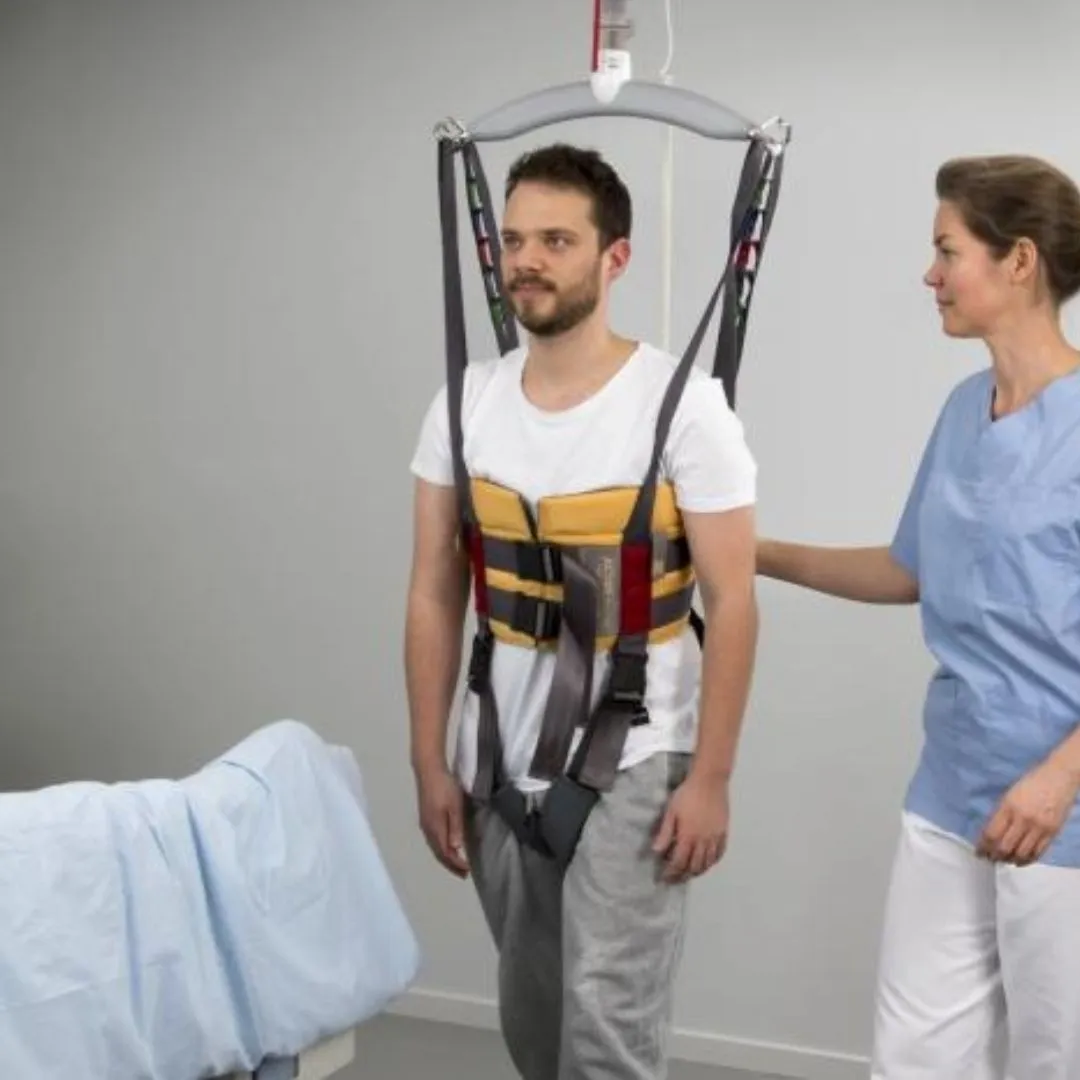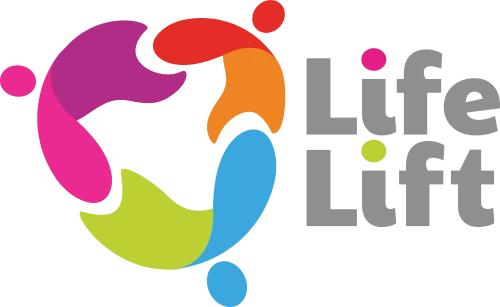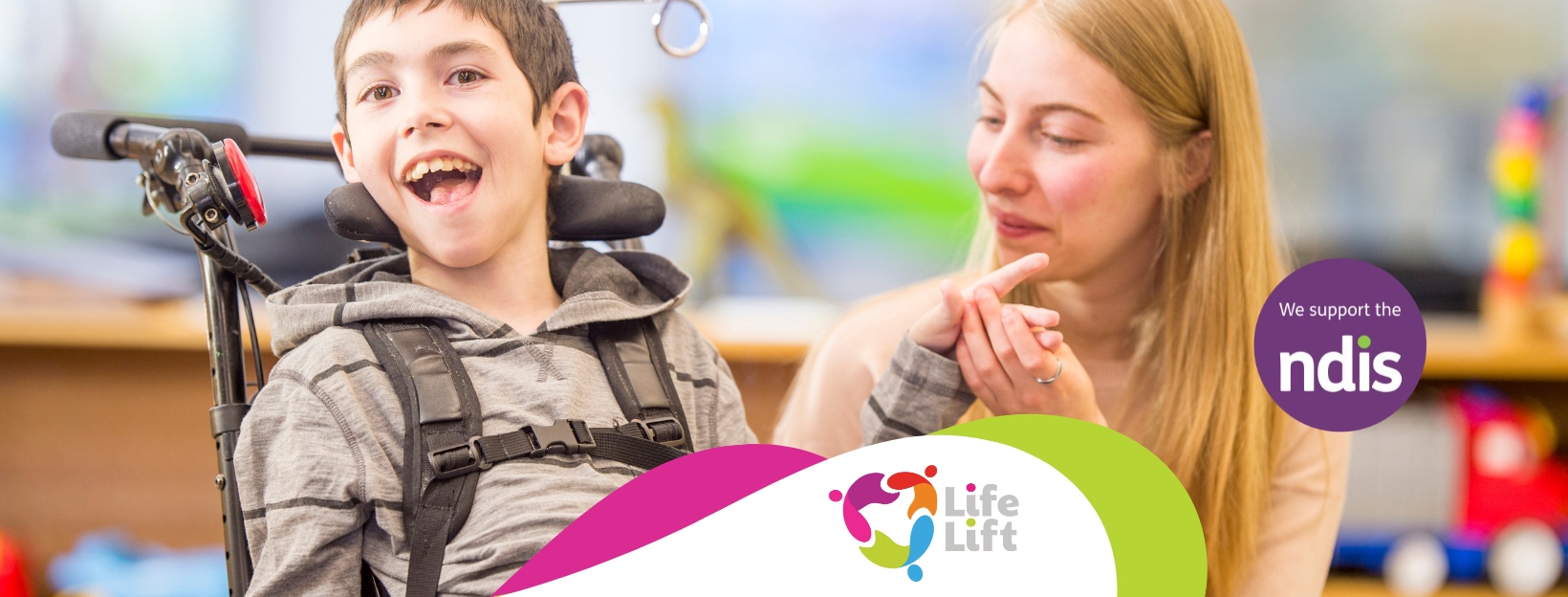Our regulated restrictive practice
At LifeLift, our focus is on ensuring those we care for can live with dignity and freedom while being as independent as possible. As a registered NDIS provider, our services are about improving quality of life, and our professional allied health team is dedicated to this approach and to preserving the rights of those we support.
Our therapists are trained in the responsible use of restrictive practices (defined as any practice or intervention that has the effect of restricting the rights or freedom of movement of a person with disability*), which may at times be required to protect a person with disability, or others, from harm.
Our team understands these are to be used only a last resort – because of the negative impacts they may have – and follows the Regulated Restrictive Practices Guide. We recognise Australia is committed to the reduction and elimination of restrictive practices.
As required by LifeLift only uses restrictive practices in conjunction with psychological or other interventions, including positive behaviour support. We are aware these practices must be clearly identified in a behaviour support plan and, when using them, respect the cultural sensitivities of those in our person-centred care.


Chemical Restraint
Chemical restraint is the use of a medication or chemical substance for the primary purpose of influencing a person’s behaviour. It doesn’t include practitioner-prescribed medication for the treatment of, or to enable treatment of, a diagnosed mental disorder, illness or physical condition.
Our therapists are trained to know when medication is and is not a chemical restraint. They’re educated in the responsible use of restraints, understand they should only be used when all other means have been exhausted and consider their possible impact.
LifeLift uses the Chemical restraint decision tree
Environmental restraint
Environmental restraint refers to interventions that restrict a person’s free access to their environment, including items or activities.
LifeLift’s team has been educated to recognise the restrictions that fall into this broad category, are aware of the need to reduce and eliminate their use, and look at the potential impact of these to individuals.
LifeLift uses the Environmental restraint decision tree.


Mechanical restraint
Mechanical restraint is the use of a device (ie. a helmet, splint or bodysuit) that restricts, prevents or minimises movement to deal with behaviours of concern, such as self-harm. Devices used for therapeutic or non-behavioural issues are not mechanical restraint.
Our team is aware of what constitutes mechanical restraint and what doesn’t, and is focused on ensuring the dignity and human rights of NDIS participants, as well as the impact on them, when this type of restraint may be needed.
We use the Mechanical restraint decision tree.
Physical restraint
Physical restraint is the use of physical force that prevents, restricts or subdues a person’s body – or part of it – for the key purpose of influencing their behaviour (but does not include the use of reflexive techniques that guide or redirect).
While it may be necessary to use physical restraint to prevent harm to an NDIS participant, or others, as a last resort, LifeLift therapists know to consider if its use is essential and factor in its possible impact. They’re also aware of the prohibited forms of restraint.
LifeLift uses the Physical restraint decision tree.


Seclusion
Seclusion is the use of solitary confinement of a person with disability where they are stopped from leaving, or feel they are not allowed to leave, a space.
Seclusion should only be used, when all other strategies have failed, to prevent significant harm to the person or others, and its use on children is prohibited in some locations. Our therapists consider the human rights and dignity of those we care for and know eliminating the use of seclusion is a goal.
We use the Seclusion decision tree as advised by the NDIS Regulated Restrictive Practices Guide .








